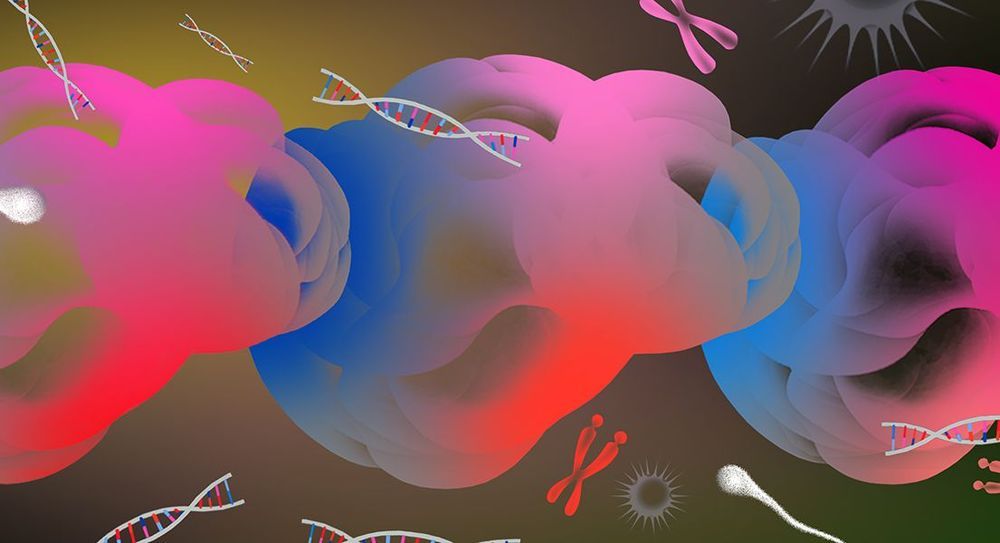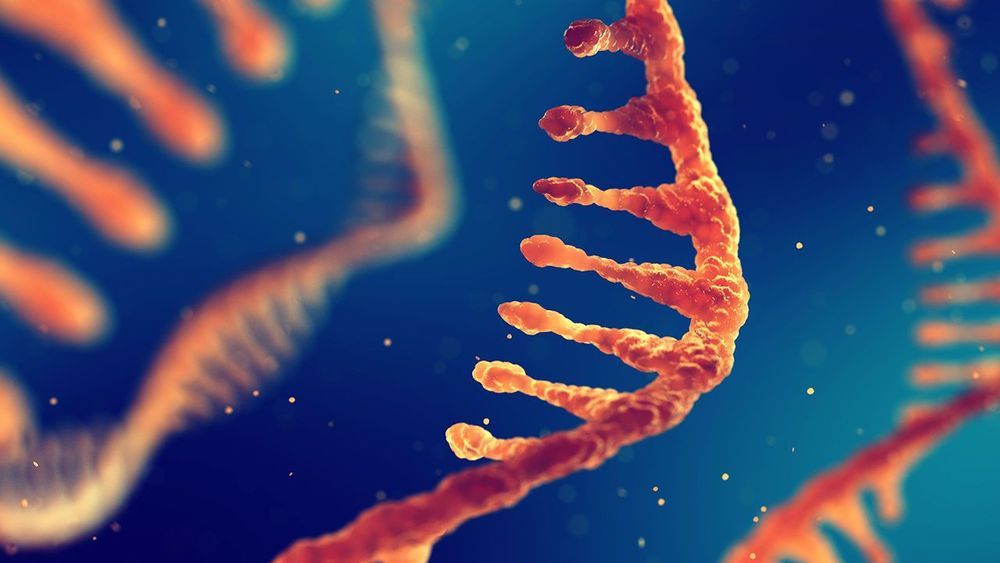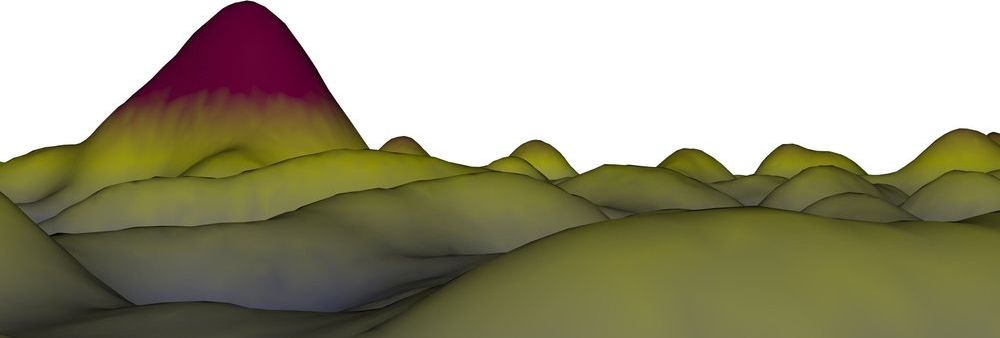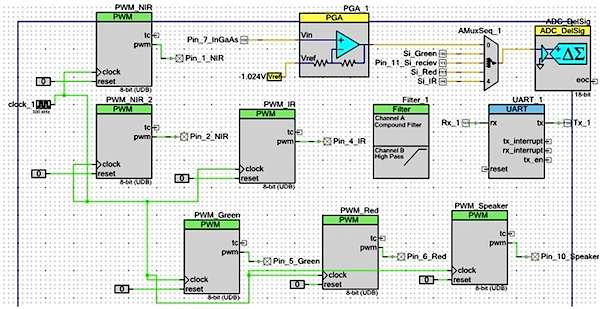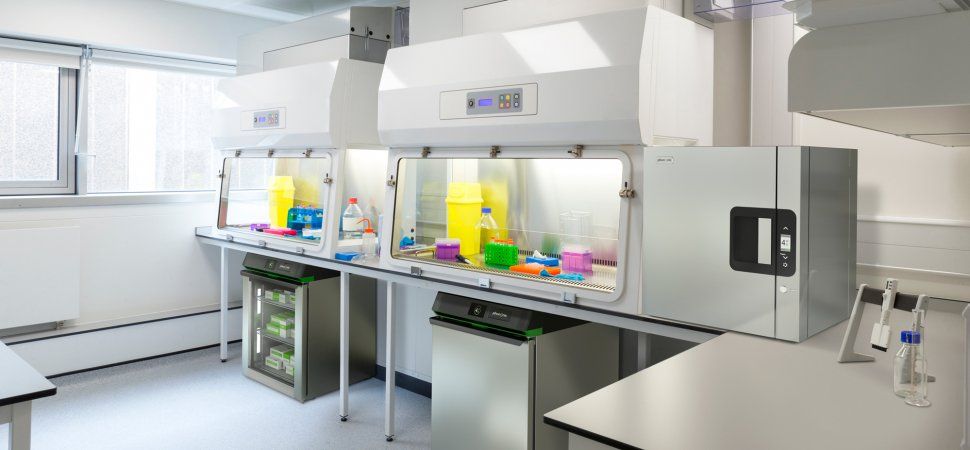The more researchers look, the more multifaceted the risk factors appear — and the more we learn about how the brain works and develops.
When researchers first reported 3 years ago that they had created base editors, a version of the powerful genome-editing tool CRISPR, excitement swirled around their distinct powers to more subtly alter DNA compared with CRISPR itself. But the weaknesses of base editors have become increasingly apparent, and a new study shows they can also accidentally mutate the strands of RNA that help build proteins or perform other key cellular tasks. Researchers say this could complicate developing safe therapies with the technology and hamper other research applications.
Human diseases from sickle cell to Tay-Sachs are caused by a single mutation to one of the four DNA bases—adenine, guanine, cytosine, and thymine—and CRISPR has often had difficulty swapping out the bad actors. That’s in part because CRISPR cuts double-stranded DNA at targeted places and then relies on finicky cell repair mechanisms to do the heavy lifting of inserting a corrected DNA sequence for a mutation. Base editors, in contrast, chemically change one DNA base into another with enzymes called deaminases, which doesn’t require a cut or help from the cell.
Base editors, which adapt key components of CRISPR to reach targeted places in the genome, have been shown to have many off-target effects on DNA. But until now, its effects on RNA, which contains three of the same bases as DNA, had escaped scrutiny. So J. Keith Joung, a pathologist and molecular biologist at the Massachusetts General Hospital in Boston, led a team that put base editors into human liver and kidney cells. Their finding: Deaminases can also alter RNA, the group reports today in.
Scientists have used the tiny distortions imprinted on the cosmic microwave background by the gravity of matter throughout the universe, recorded by ESA’s Planck satellite, to uncover the connection between the luminosity of quasars – the bright cores of active galaxies – and the mass of the much larger ‘halos’ of dark matter in which they sit. The result is an important confirmation for our understanding of how galaxies evolve across cosmic history.
Most galaxies in the universe are known to host supermassive black holes, with masses of millions to billions of times the Sun’s mass, at their cores. The majority of these cosmic monsters are ‘dormant’, with little or no activity going on near them, but about one percent are classified as ‘active’, accreting matter from their surroundings at very intense rates. This accretion process causes material in the black hole’s vicinity to shine brightly across the electromagnetic spectrum, making these active galaxies, or quasars, some of the brightest sources in the cosmos.
While it is still unclear what activates these black holes, switching on and off their phase of intense accretion, it is likely that quasars play an important role in regulating the evolution of galaxies across cosmic history. For this reason, it is crucial to understand the relationship between quasars, their host galaxies, and their environment on even larger scales.
Lying within our muscles are stem cells, invisible engines that drive the tissue’s growth and repair. Understanding the signal(s) that direct muscle stem cells to spring into action could uncover new ways to promote muscle growth. However, these mechanisms are poorly understood.
Now, scientists from Sanford Burnham Prebys have uncovered a molecular signaling pathway involving Stat3 and Fam3a proteins that regulates how muscle stem cells decide whether to self-renew or differentiate—an insight that could lead to muscle-boosting therapeutics for muscular dystrophies or age-related muscle decline. The study was published in Nature Communications.
“Muscle stem cells can ‘burn out’ trying to regenerate tissue during the natural aging process or due to chronic muscle disease,” says Alessandra Sacco, Ph.D., senior author of the paper and associate professor in the Development, Aging and Regeneration Program at Sanford Burnham Prebys. “We believe we have found promising drug targets that direct muscle stem cells to ‘make the right decision’ and stimulate muscle repair, potentially helping muscle tissue regeneration and maintaining tissue function in chronic conditions such as muscular dystrophy and aging.”
